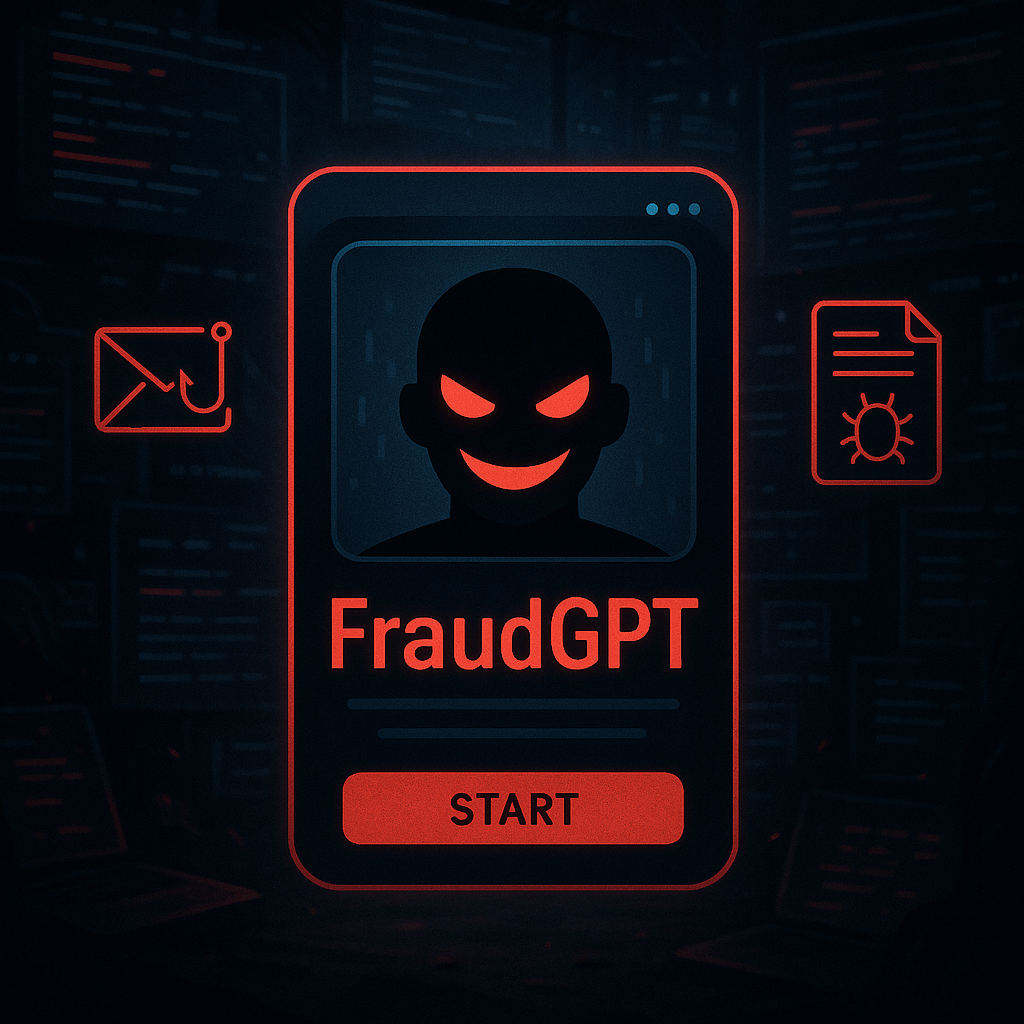Table of Contents
Email Encryption Explained
Email encryption is a security method that uses encryption algorithms to encode email messages, making them unreadable to anyone who doesn't have the decryption key. When an email message is encrypted, its contents are transformed into a coded language that can only be read by the intended recipient, who has the corresponding decryption key.
How Email Encryption Works
Encryption algorithms use complex mathematical calculations to scramble the content of the email message, making it unreadable to anyone who doesn't have the corresponding decryption key. This means that even if the email message is intercepted by an unauthorized party, they won't be able to read its contents.
There are different methods of email encryption that are used to protect sensitive information. One of the most common methods is end-to-end encryption, where the email message is encrypted on the sender's device and can only be decrypted by the intended recipient. This is usually achieved using public-key cryptography, where each user has a public key that they can share with others, and a private key that they keep secret.
When an email message is encrypted using public-key cryptography, the sender uses the recipient's public key to encrypt the message, and the recipient uses their private key to decrypt the message. This ensures that only the intended recipient can read the email message, and that it remains confidential.
Beyond that, there are several more different types and methods of email encryption that are used to protect sensitive information in transit. Below we will outline the above public method as well as various other types of email encryption.
Types of Email Encryption:
-
Pretty Good Privacy (PGP): PGP is a type of end-to-end encryption that uses a public key and a private key. The sender encrypts the email message with the recipient's public key, and the recipient decrypts the message with their private key.
-
Secure Multi-purpose Internet Mail Extension (S/MIME): S/MIME is another type of end-to-end encryption that uses digital certificates to encrypt and sign email messages. The sender uses the recipient's public key to encrypt the message and signs it with their own digital certificate.
-
Transport Layer Security (TLS): TLS is a type of encryption used for email in transit. TLS encrypts the email message as it travels from the sender to the recipient, preventing unauthorized access to the message.
In addition to using PGP, S/MIME, and TLS to encrypt email, you can also take advantage of encrypted PDFs and web portal encryption.
-
PDF Encryption: In PDF encryption, the email message is converted into a PDF file and then encrypted using a password or certificate. The encrypted PDF file is then sent as an attachment to the recipient. The recipient must enter the correct password or have the correct certificate to open the PDF file and read the email message.
-
Web Portal Encryption: In web portal encryption, the email message is uploaded to a secure web portal and then encrypted using a password or certificate. The recipient is then notified via email that a new message is available on the web portal. The recipient must log in to the web portal using the correct password or certificate to access and read the email message.
Important Features to Look for in an Email Encryption Solution
When selecting an email encryption solution, consider the following features:
-
Compatibility: Ensure that the encryption solution is compatible with your email client and operating system.
-
Ease of Use: Choose an encryption solution that is easy to install and use, so that you can quickly and easily encrypt your emails.
-
Security: Look for an encryption solution that uses strong encryption algorithms to protect your emails from unauthorized access.
-
Key Management: A good encryption solution should offer secure key management to ensure that your private keys are kept safe.
-
Compliance: If you work in a regulated industry, make sure the encryption solution meets the regulatory compliance standards.
-
Customer Support: Look for an encryption solution with good customer support to ensure that you receive prompt assistance if you encounter any problems.
Overall, email encryption is an essential tool for protecting sensitive information in transit. With the right email encryption solution, you can ensure that your emails remain confidential and secure.
Explore More Articles
Say goodbye to Phishing, BEC, and QR code attacks. Our Adaptive AI automatically learns and evolves to keep your employees safe from email attacks.

/Concentrix%20Case%20Study.webp?width=568&height=326&name=Concentrix%20Case%20Study.webp)












